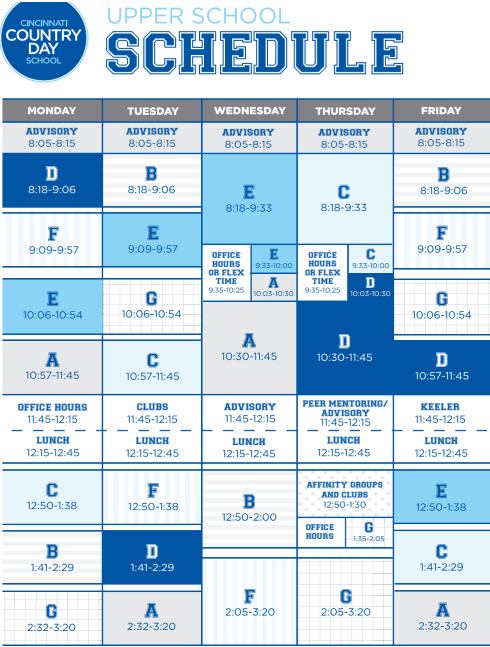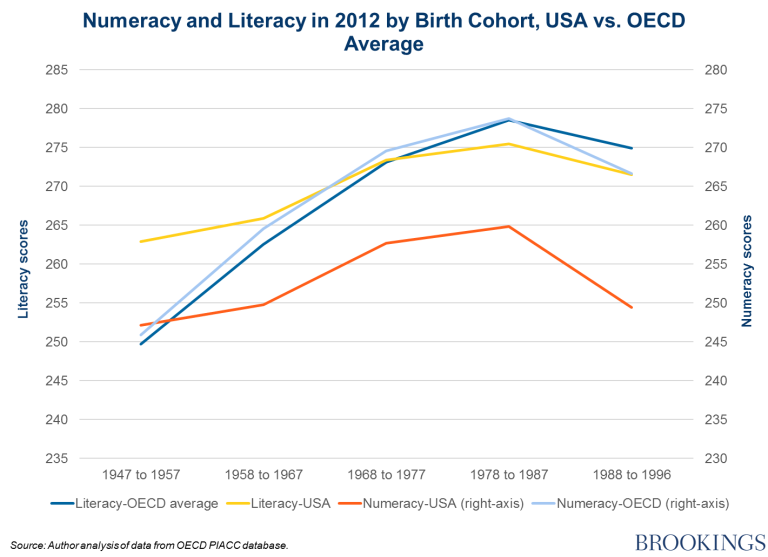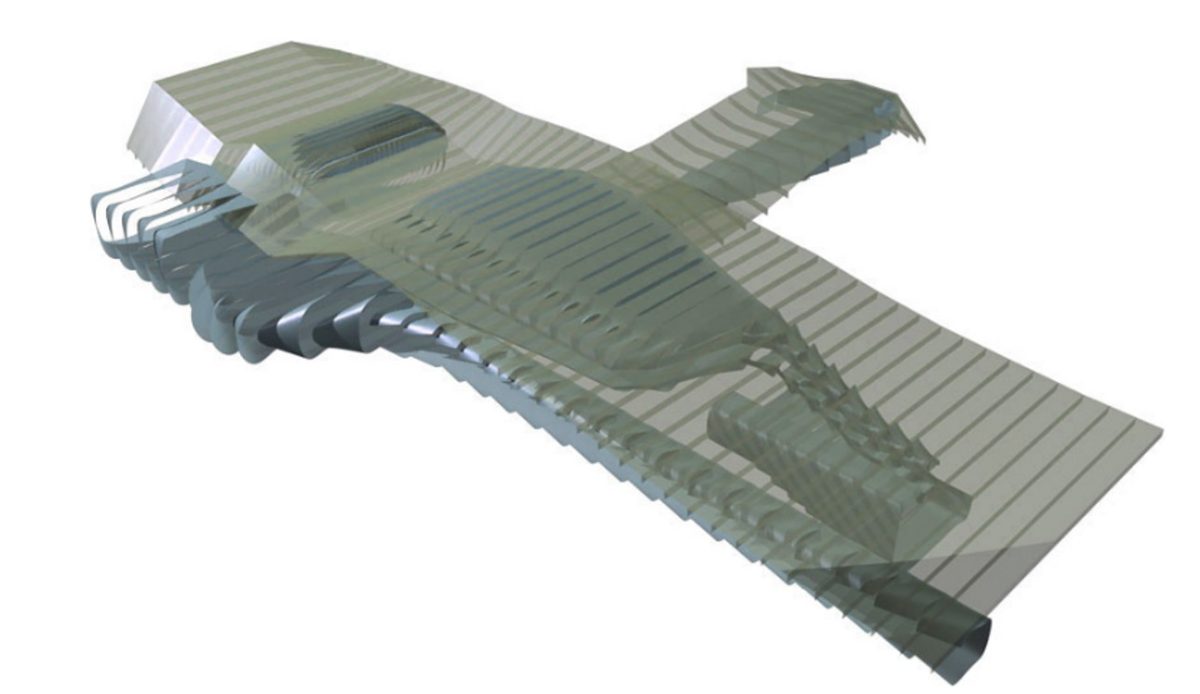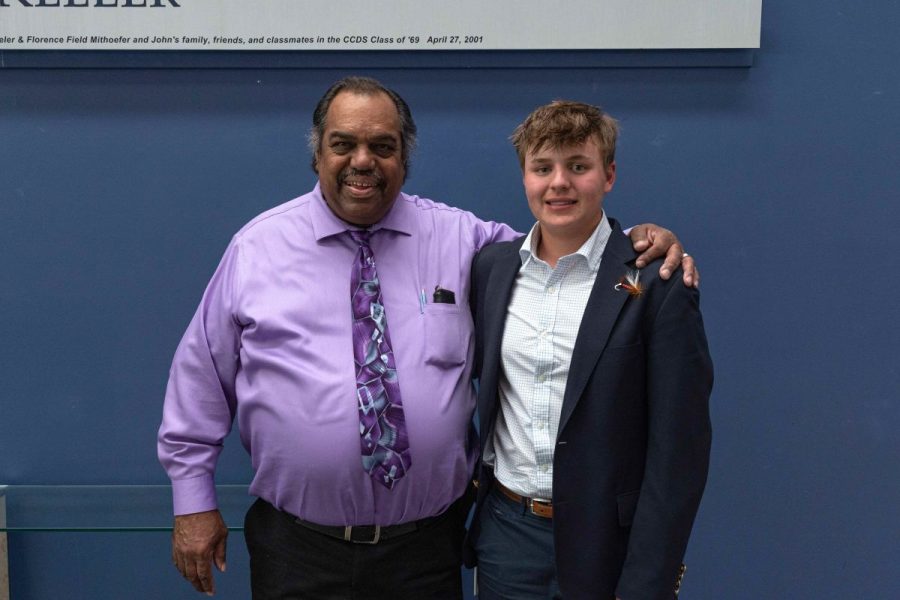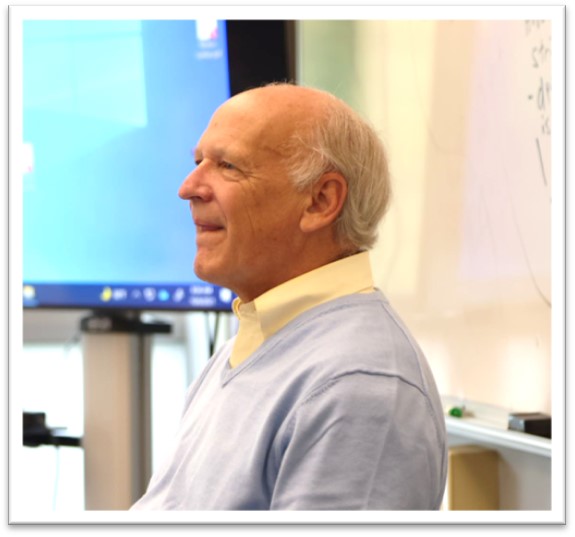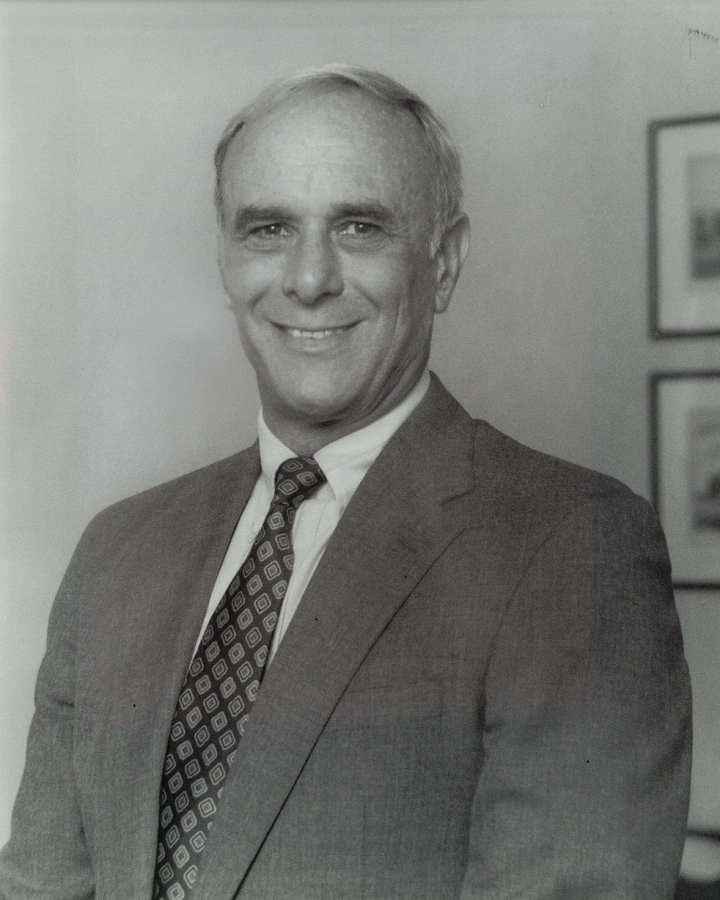By Caroline Gentile ’13, News Section Editor
At precisely 6:30pm on Wednesday October 5th, the doors of Cincinnati Country Day were opened, and in rushed a crowd of high school students with parents in tow, marking the beginning of CCDS’ 9th annual College Fair. Waiting for them inside were over 190 college representatives, standing behind tables adorned with colorful banners and stacks of pamphlets boasting the beautiful campuses, great communities, and strong academic programs of each respective college. This year, there were more college representatives than ever. However, if one was looking to talk to representatives from an Ivy League School, they would have little luck. Out of all the Ivy Leagues, there were only two representatives; alumni from Harvard and Cornell. At the same time, there has been a significant increase in the number of large state schools and smaller, lesser-known colleges at the fair.
What originally began as a college fair sponsored exclusively by Cincinnati Country Day but always open to students from all area high schools has, for the last two years, been a consortium. According to Mrs. Sarah Beyreis, Director of College Counseling, the college fair was turned into a consortium fair in response to pressure from the Ohio Association of College Admission Counselors. There were previously too many college fairs in the area and not enough people attending them to attract many colleges. Since colleges are more likely to show up at fairs with a large number of people, consolidating fairs in Northeast Cincinnati would thus lead to more people, and consequently more college representatives, in attendance. The current college fair is sponsored by Summit Country Day, Cincinnati Hills Christian Academy, the Seven Hills School, and CCDS. Surrounding public and parochial high schools, such as St. Xavier, Ursuline Academy, St. Ursula Academy, Clark Montessori, Indian Hill, Princeton, Loveland and Milford, are also invited to attend.
Ivy League colleges never attended the fair in large numbers. In the past seven years only Dartmouth or Duke was occasionally represented by an admissions staff member at the fair. Ivies have also been lacking in visits to the school during the day. For example, according to Director of College Counseling Sarah Beyreis, Harvard cut down on their travel budget dramatically in 2009; as a result, it is rare that they send representatives to visit high schools during the school day. Instead they travel in a group with other colleges all around the country and make evening presentations. Recently, one of these groups consisting of Harvard, Princeton, and University of Virginia came to Covington KY, and attracted many high school students from both Kentucky and Ohio.
Similarly to the Ivy League schools, the budgets of state schools have also been slashed. Since tuition is higher for students coming outside of state, these institutions are looking for more students in that category, as reflected in the appearance of the University of Michigan and University of Colorado at the college fair.
In general, there has been an increase in the representation of colleges at the fair in the past two years, whether big, small, public, or private. “Since the economic crash,” said Mrs. Beyreis, “more colleges want to visit, and it isn’t just because of the consortium; they want to drive their applicant pools ever upward.” In order to keep their ranking on the US News and World Report list of America’s Best Colleges, it is imperative that colleges maintain a low acceptance rate, and that means doing whatever it takes, such as attending fairs, to increase their applicant pools.



